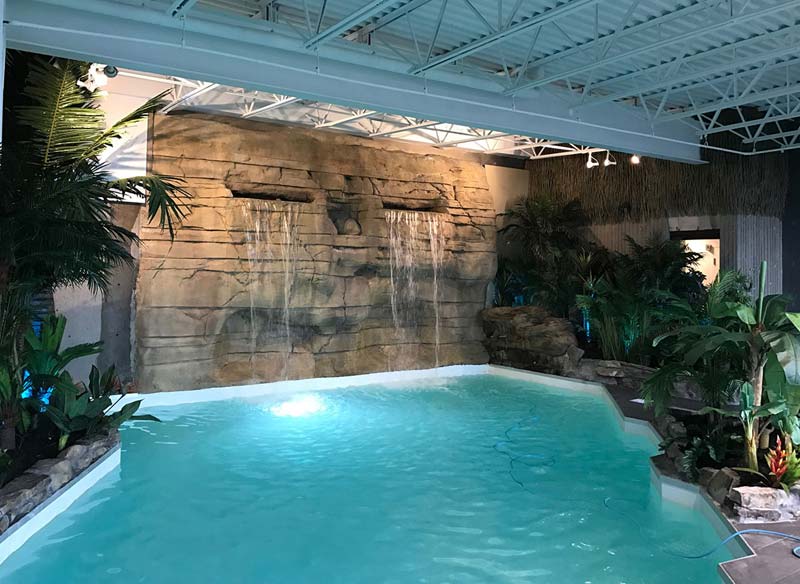
In its basic form, concrete is a mixture of cement, water, aggregates and other admixtures. This simple recipe varies based on the type and proportion of the ingredients, adapted to the requirements of each project. This produces a wide range of concretes whose characteristics, properties and appearance change depending on project needs.
Standard concrete is commonly used in both the construction industry and civil engineering. We produce an entire range of concrete strength, from 15 to 100 MPa, with and without entrained air. Entrained air increases the concrete’s resistance to freeze-thaw cycles, thus ensuring the durability of structures exposed to harsh climates. It has numerous applications: structural slabs, foundations, paths, driveways, sidewalks, curbs, cast concrete, patios, etc.
At Béton Provincial, we invest significant sums into our research. Our quality control department is continually working to test different types of concrete, with constantly improving properties. Our concrete is increasingly high-performing, both in its strength and durability.
A superplasticizer is an admixture used in the preparation of concrete. It improves the flow characteristics of concrete, increasing its workability without affecting its mechanical properties. The superplasticizer therefore reduces the water/cement ratio in the concrete mixture, which increases its mechanical strength and makes it easier to install.
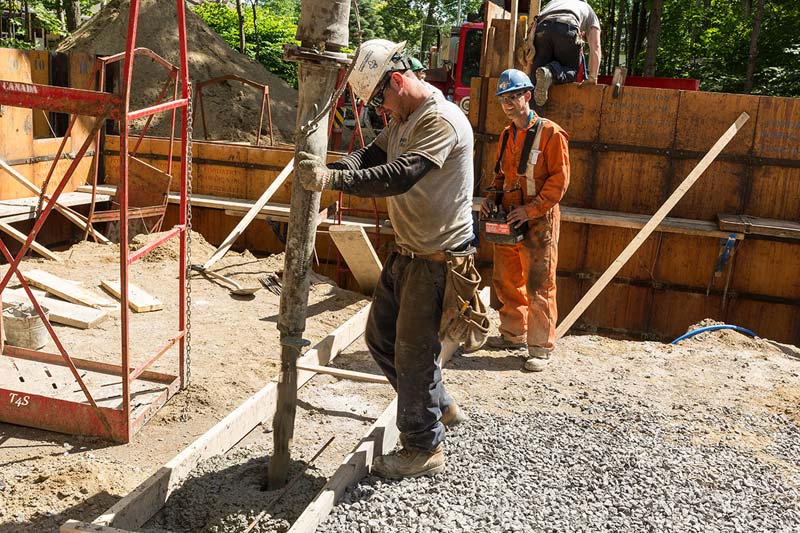
«
WE HAVE 60 READY-MIXED CONCRETE PLANTS, INCLUDING 10 MOBILE BATCH PLANTS, ALONG WITH A FLEET OF 450 CONCRETE MIXERS AT YOUR SERVICE.
»
Fibre-reinforced concrete contains a new generation of high-strength synthetic structural fibres.
Fibre-reinforced concrete is easy to use: it produces an excellent finish, and pumps without difficulty. It is particularly recommended for commercial, industrial, agricultural and residential floor slabs. It is also used in concrete patching and for many other applications.
Added fibres reduce the size and spread of cracks in concrete. Depending on the mixture used, fibre-reinforced concrete improves a product’s post-cracking properties and homogeneity. It also is characterized by increased resistance to impact and structural properties that are similar to or greater than those of wire mesh concrete.
Fibre-reinforced concrete provides three-dimensional reinforcement due to its fibre density. It can mean you don’t have to reinforce floor slabs with steel frames, thus saving time and money. Its tensile strength is comparable or superior to that of standard reinforced concrete.
Using fibre-reinforced concrete may therefore reduce the number of people required on site to install rebar or other framing. This substantially reduces on-site construction time. From their experience, contractors have estimated that it takes 10 fewer days to build a 100,000 ft2 floor using fibre-reinforced concrete, considering that 2 to 3 workers can install 10,000 ft2 per day of rebar, on average.
Quick set concrete was designed for products that require less working time. It becomes considerably stronger approximately 12 hours after it is installed. In addition to accelerating its setting time, the concrete maintains its workability long enough to strengthen adequately.
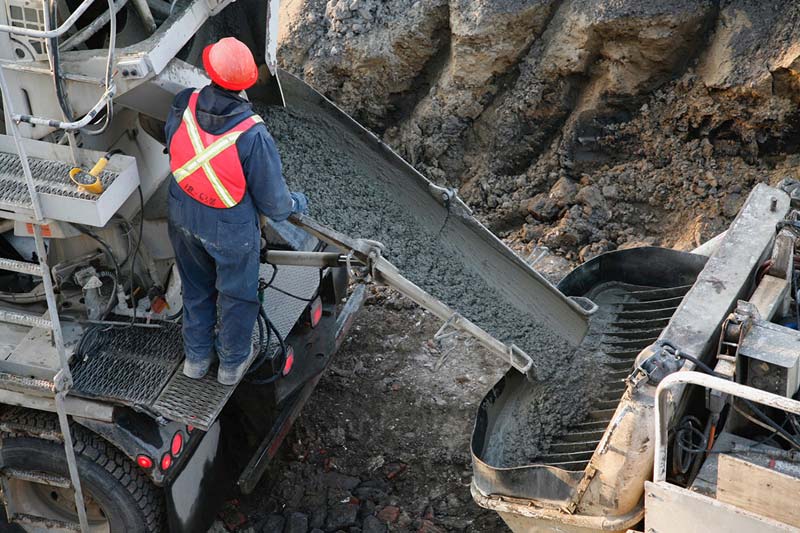
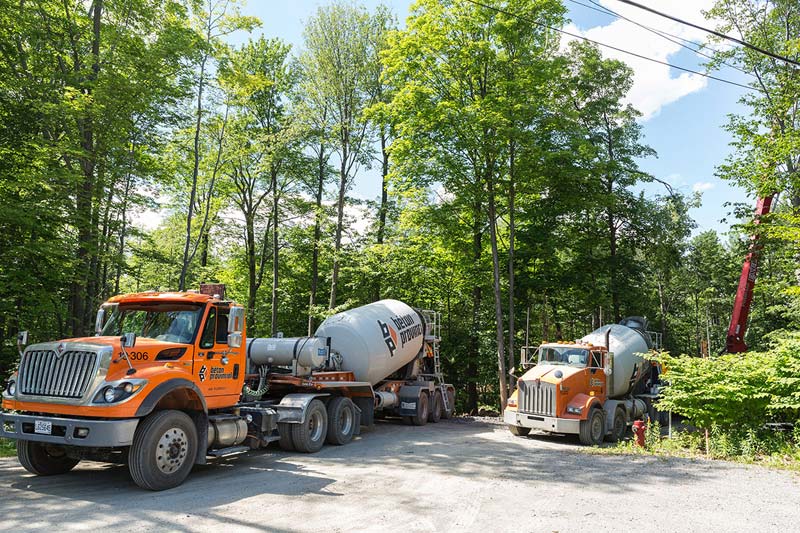
Architectural coloured concrete is a concrete that comes in a variety of strengths, with added colour pigments. This concrete is used in architectural projects: walls, floors, panels. It is used both outdoors and indoors, in residential and commercial projects alike.
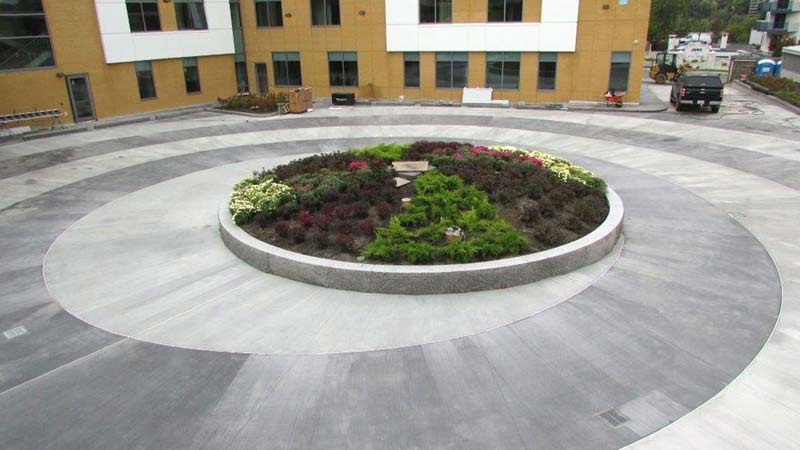
«
AT BÉTON PROVINCIAL, WE PUT SIGNIFICANT TIME AND MONEY INTO OUR RESEARCH.
»
Nicolas PetrovOur concrete undergoes almost no shrinkage. It is made up of coarse aggregate with a regulated size, Portland cement and an anti-shrinkage or shrinkage-compensating chemical agent. It has a variety of uses, both indoors and outdoors.
High-performance concrete is manufactured with cement containing 5% to 10% silica fume. As needed, up to 20% of the cement can be replaced with minerals or volcanic aggregates. HPC has very high compressive strength (above 50 MPa), with exceptional properties in the short and long term. It is recommended for projects that will be subjected to high mechanical loads:
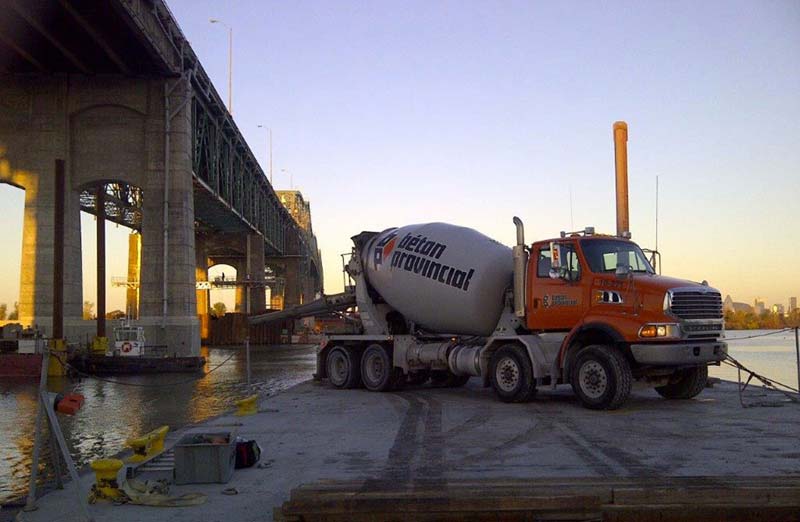
Shotcrete (projected concrete) does not require any formwork. It is therefore ideal for difficult-to-reach areas or areas that are not suitable for formwork. Shotcrete is quick to place, and easy on the budget. Ideal for:
